What is low-impact exercise? They’re exercises that are joint-friendly and don’t put too much strain on your ligaments, muscles, and joints from “impact”. Exercises like running are high-impact, because of the nature of slamming your feet on the ground. This force is cushioned by your joints and ligaments. Yoga on the other hand is slow, controlled, and joint-friendly.
Many people are interested in our fitness-centric form of yoga for men because it is a low-impact exercise alternative to weights or traditional exercise, which are higher-impact and can be accompanied by discomfort, pain, or recurring injury.
In this blog, I want to show you 5 postures that are extremely effective for building muscle and increasing your strength, and give you some tips on how to incorporate low impact exercise into your workout routine. You can do these low impact exercises at home, at a park, or just about anywhere. View these 5 poses – along with target areas, benefits, key technique points, and more – below!
5 Low-Impact Exercises
Pose #1 – Deep Squat
Our first pose low impact exercise is the Deep Squat, and this one is possibly my favorite. It’s an essential exercise for your lower-body that also helps your core, your spine, and even your overall posture.
Technique Points:
- Keep your chest lifted away from your hips. Avoid collapsing your chest. This helps you build core strength and strengthen your spine.
- Squeeze your thighs, hips, and glutes as you hold this posture. Make sure you’re using your entire lower-body.
- Push down firmly through your heel, the ball of your foot, and your toes for the duration of the posture. If your heels can’t quite touch the ground, it means that you just don’t have the ankle mobility yet. Work on that!
Target areas: Glutes, Hips, Core, Thighs, & Ankles
Benefits:
- Improve muscle activation in your glutes.
- Strengthens hips
- By keeping chest up during deep squat, you develop core awareness during squats, preventing injury or discomfort to your spine and back during exercise
- Addresses root causes of knee pain and helps to prevent injury
Reps/Sets/Cadence:Hold for 30-60 seconds. Repeat 2-3 times.
When to do:
- Use this as a warm-up before any lower-body focused workout. That includes running, weight lifting, team sports, or even a yoga workout.
- On your own as a standalone workout. There’s never been a bad time to take a squat! Do a few sets and make sure you’re doing it with the best technique you possibly can.
Pose #2 – The Yoga Push-Up
The second low impact exercise is the yoga push-up. The yoga push-up is an extremely effective exercise for building strength in the shoulders and chest. In traditional yoga, this movement is done quickly, ineffectively, and often with improper technique. By doing this movement slowly, however, you can strength, increase muscle, and end your workout feeling significantly challenged in your upper-body.
This movement is actually a combination of 2 or 3 poses – the plank, the low plank, and then updog (alternatively, one may return to high plank). It’s different from a traditional push-up in that much more of the weight if forward in the shoulders, making it more difficult for the upper part of the torso, and also preparing the user to move from low-plank to updog.
Technique Points:
- Make sure to squeeze your elbows in tightly into your sides as you lower yourself into low-plank; chest leading.
- Pull your shoulder blades together, keep your chest open, and AVOID rounding your shoulders – this is, by far, the biggest error I see when it comes to doing a proper yoga push-up.
- Instead of lowering yourself down, pull your shoulders forward as you lower yourself into the low-plank position. Your forearms will remain perpendicular to the ground, elbows bent at 90 degrees.
- Note: Lower your knees to the ground if you notice you are losing proper technique.
Reps/Sets/Cadence: Go super slow. At a minimum, perform at least 5 reps, or about 20 seconds total of push-ups. You can also hold the low plank position for 15-30 seconds to build isometric strength and work on technique.
Target Areas: Chest, shoulders, upper-back, arms, core
Benefits:
- Builds upper-body muscle mass, strength and endurance
- Strengthens wrists and forearms
- Strengthens core
When to do:
- Do it during a yoga workout when you are in a plank.
- On your own as a standalone workout, or part of an upper-body focused workout.
- Can also use as a warm-up for bench press.
Pose #3 – Warrior Two
The third low impact exercise is Warrior 2. Warrior 2 is a quintessential yoga posture that helps to build strength and mobility in your hips, core, and your ankles. It’s a great low impact exercise for your legs. It’s a great way to build mobility in your hips while also building strength and endurance in your lower-body.
This posture starts from a wide-legged stance. To get into Warrior 2, simply turn your front (right) foot to face sideways, keeping your hips and shoulders squared forward, and bend into the knee until your ankle is directly above the knee.
Technique Points:
- Keep your hips under your torso. A very common error is arching your lower-back and allowing your butt to stick out behind you. Lightly press your hips forward (in the direction they are facing), and tighten your core to make your spine neutral and do this exercise correctly.
- Extend your arms in opposite directions, and make sure to turn your head 90 degrees to face directly over your extended middle finger. These two points add neck mobility and an upper-body stretch that helps to strengthen your neck and shoulders.
- Make sure to squeeze your legs toward one another, as if the mat is sliding apart underneath you. This strengthens your inner thighs, helps you engage your core, and builds active mobility (not just passive) in your hips.
Reps/Sets/Cadence: Hold for at least 30 seconds, and up to 90 seconds. Repeat 1-2x on both sides. Be mindful of technique for the duration of the exercise.
Target Areas: Hips, core, ankles
Benefits:
- Improves groin mobility for lower-back relief
- Strengthens hips, knees, and core
- Improves lower-body strength and endurance
When to do:
- You can do this after a workout as a burnout / complete-until-failure exercise.
- Do it during a yoga workout.
- Use it on its own in a mobility-focused workout session.
I would not recommend doing this before lifting weights or other high-intensity exercises. It will hinder your performance because it is a stretching exercise, and this by default relaxes your muscles.
Pose #4 – Warrior Three
The fourth low impact exercise is Warrior 3. Warrior 3 is a very challenging but extremely rewarding balancing posture that strengthens your entire body. It addresses shoulder mobility & upper-back strength, core strength, hamstring mobility, hip strength, and ankles. It improves posture, prevents injury in your shoulders, lower-back and knees, and even helps to strengthen your glutes. There’s very little this doesn’t help with!
Technique Points:
- Make sure to keep your hips squared forward, and the top of the foot of your lifted leg facing straight forward. There is a tendency for the hips to face the outside. To stabilize your hips, make sure you are firmly engaging the outer hips and gluteal muscles in the balancing leg.
- Avoid rounding forward with your chest. Do not allow your chest to go below your hips. Use a block, a chair, or other similar support to help you keep your chest parallel or above parallel to the floor.
- Squeeze your arms UP. You should not be able to see your arms while doing this posture. This is what adds a cardiovascular and a shoulder mobility/back strengthening element to this posture, so don’t forget this!
- Finally, make sure to EXTEND in all directions. Reach your toes back, extend your arms forward, and press down firmly through your standing leg. You’ll feel this pose everywhere if you’re doing it correctly!
Reps/Sets/Cadence: Hold this for 15-30 seconds. It’s really intense, so you don’t need to hold it that long. Repeat 1-2x on both sides. It helps to do some warm-up before jumping straight into this one – make sure your warm-up hits your hips, core, ankles, and upper-back/shoulders.
Target Areas: Core, hamstrings, hips, shoulders, back
Benefits:
- Strengthens lower body, core, and upper-body
- Improves hamstring and shoulder mobility
- Decreases risk of lower-body, back, and shoulder injury
When to do:
- Use during a yoga workout or mobility-focused workout.
- Do it as part of a standalone workout, as long as you are not following this exercise with high-intensity exercise such as sprints or lifting for a PR.
Pose #5 – Cobra
The final low impact exercise is cobra. The cobra pose is one of the best yoga postures in yoga. The main reason it is one of the best postures is that it focuses on back bending with proper technique. When doing cobra correctly, you are strengthening your spine, opening your chest and shoulders, building endurance and strength in your lower-body, and also strengthening your core. It addresses the root cause of back pain, improves your posture, and even increases your energy & elevates your mood.
Technique Points:
- Make sure you use your legs for the duration of this pose. Press the tops of your feet into the ground, squeeze your legs together (making your 2 legs into a single leg, hence the name “cobra”), and tighten your kneecaps to engage the muscles in your thighs
- Get length in your body, and then get height. Before looking forward, press the top of your head toward the wall in front of you, and then lightly use your hands to PULL (not push) yourself forward and up.
- Squeeze your elbows tightly into your sides, and pull your shoulder blades toward one another and down to properly engage the muscles in your back and help to stretch your chest.
Reps/Sets/Cadence: Hold for 20-45 seconds. Repeat 1-2x.
Target Areas: Core, spine, hips, back
Benefits:
- Strengthen hips, core, and spine
- Addresses root cause of lower-back pain
- Improves posture
When to do:
- You can do this pose before any workout. Use it as a warm-up for running, for weight lifting, or a sports practice.
- Use it on its own as a standalone workout, or a quick pose to counter sitting at a desk.
Looking for A Program?
If you enjoyed that and want more workout routines, then Man Flow Yoga has you covered with on-demand structured programs that complement your lifestyle and schedule. Sign-up below to try our 7-Day Challenge!
Signup for the FREE 7-Day Challenge
Additional Resources
About the author, Dean Pohlman, Founder & CEO of Man Flow Yoga, Author of Yoga Fitness for Men, Expert on Yoga Fitness for Men.
Looking for non-spiritual, yoga for men workouts?
Learn More About Man Flow Yoga and how it can help you with your fitness goals:
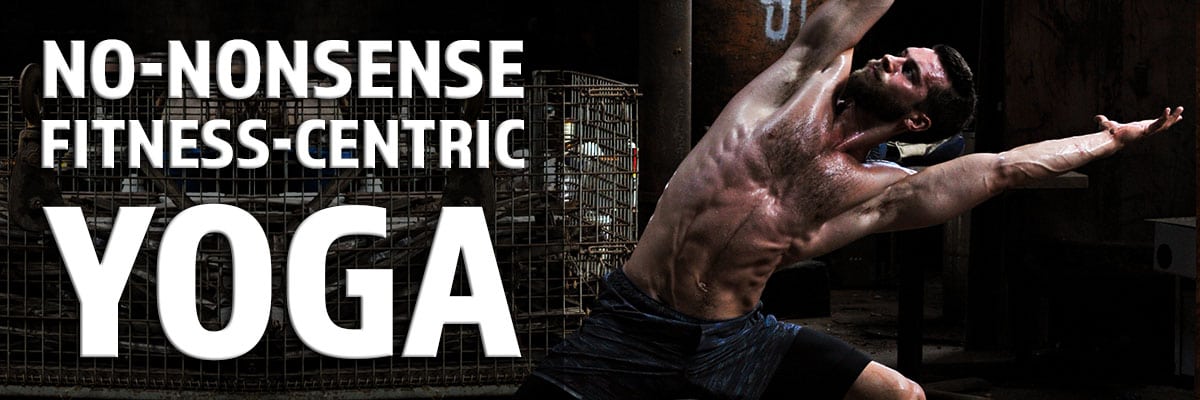 Join Today for Instant Access!
Join Today for Instant Access!
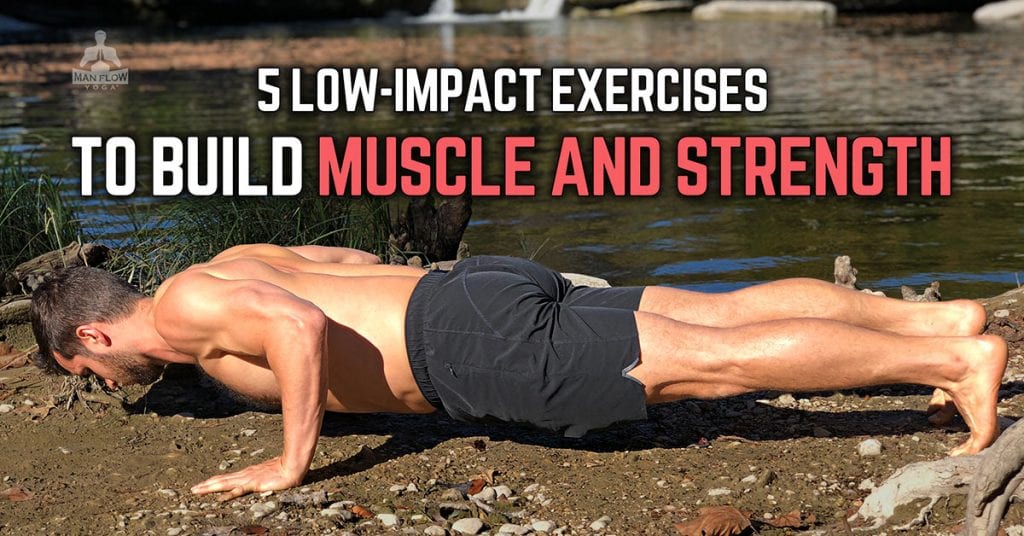

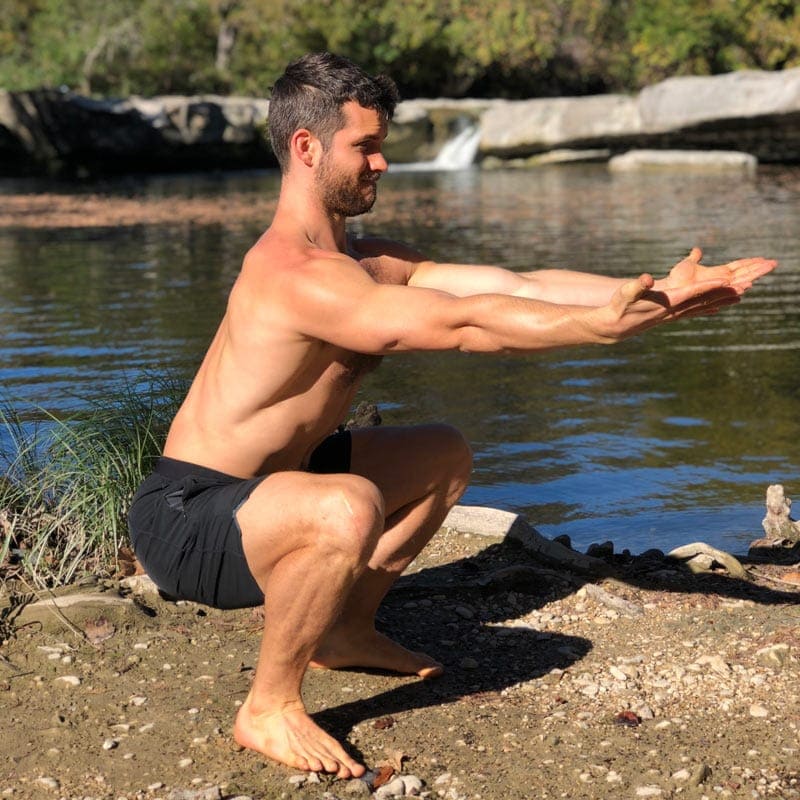

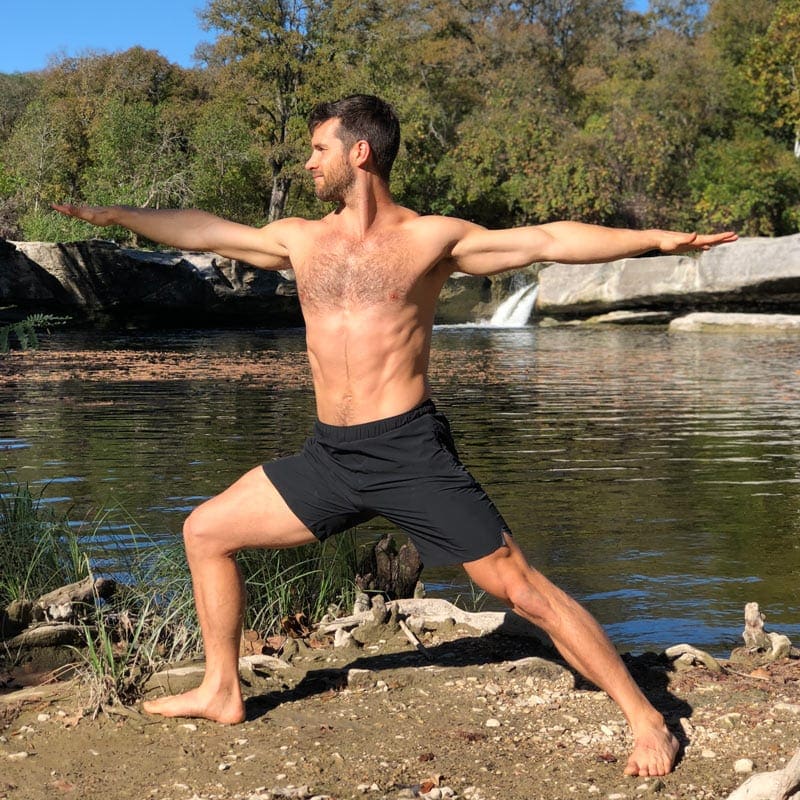
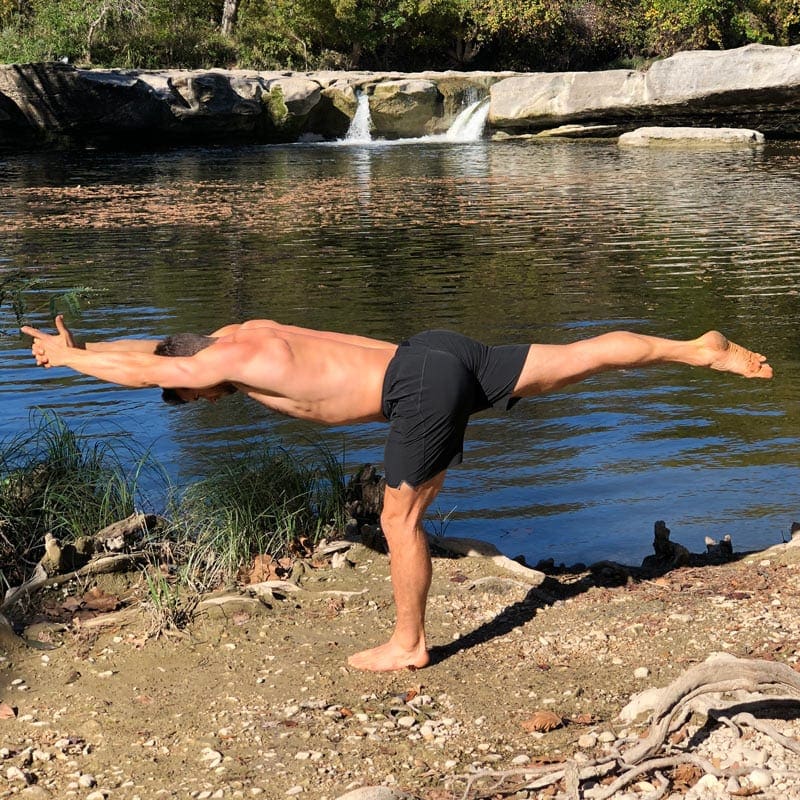
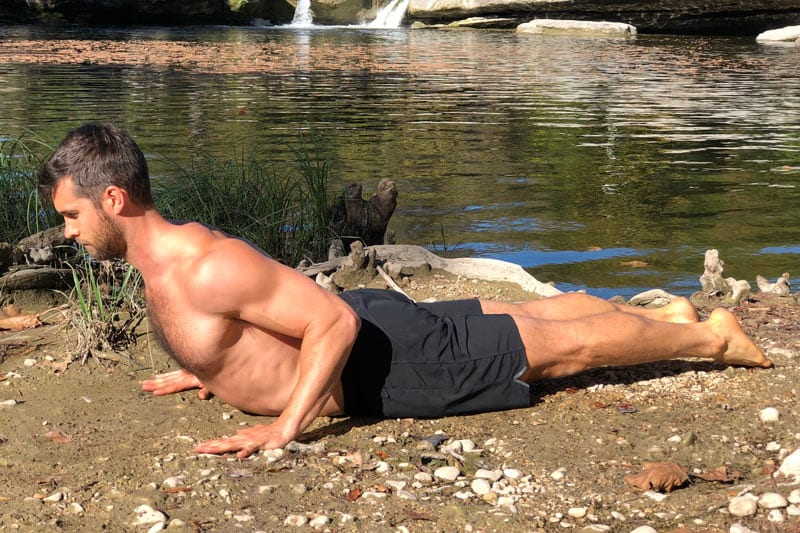
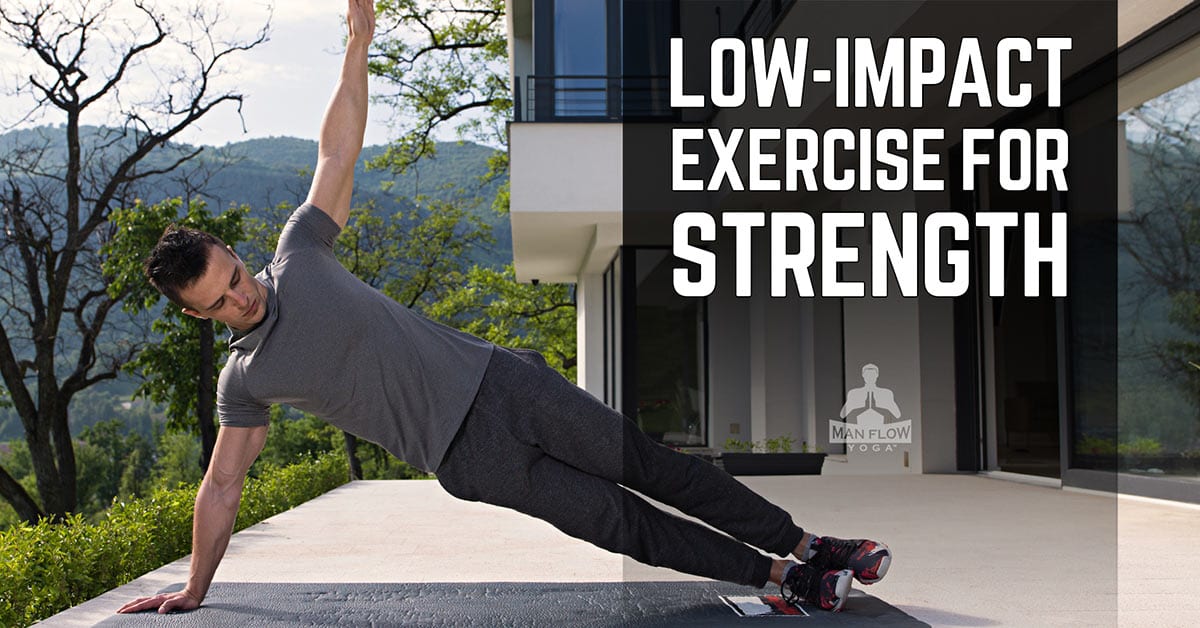
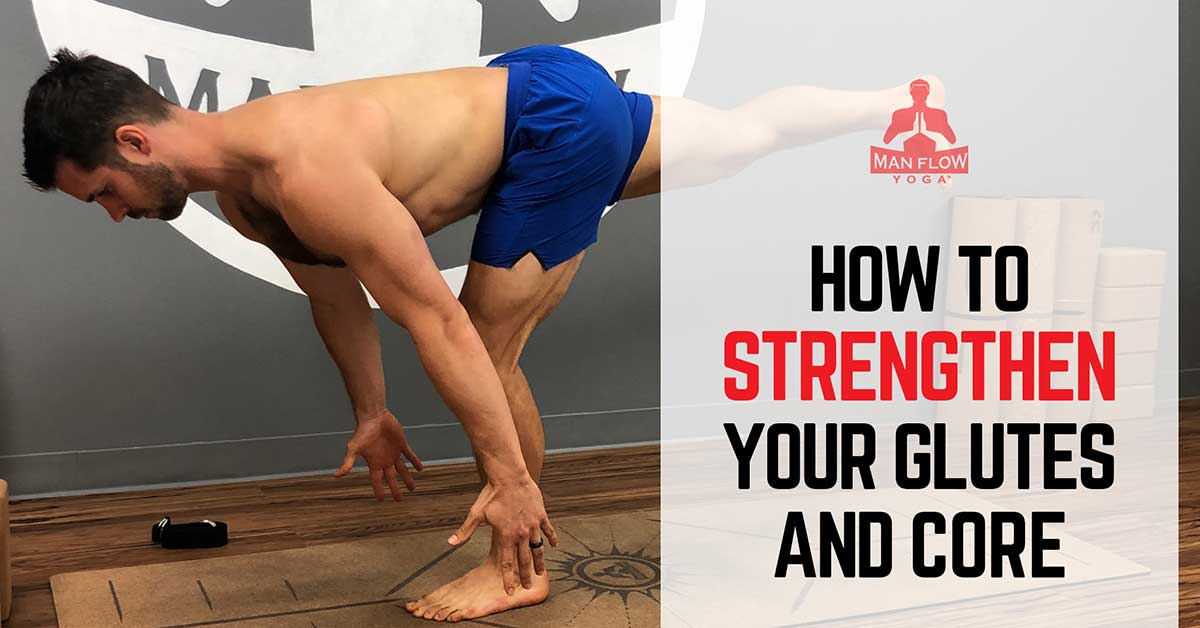
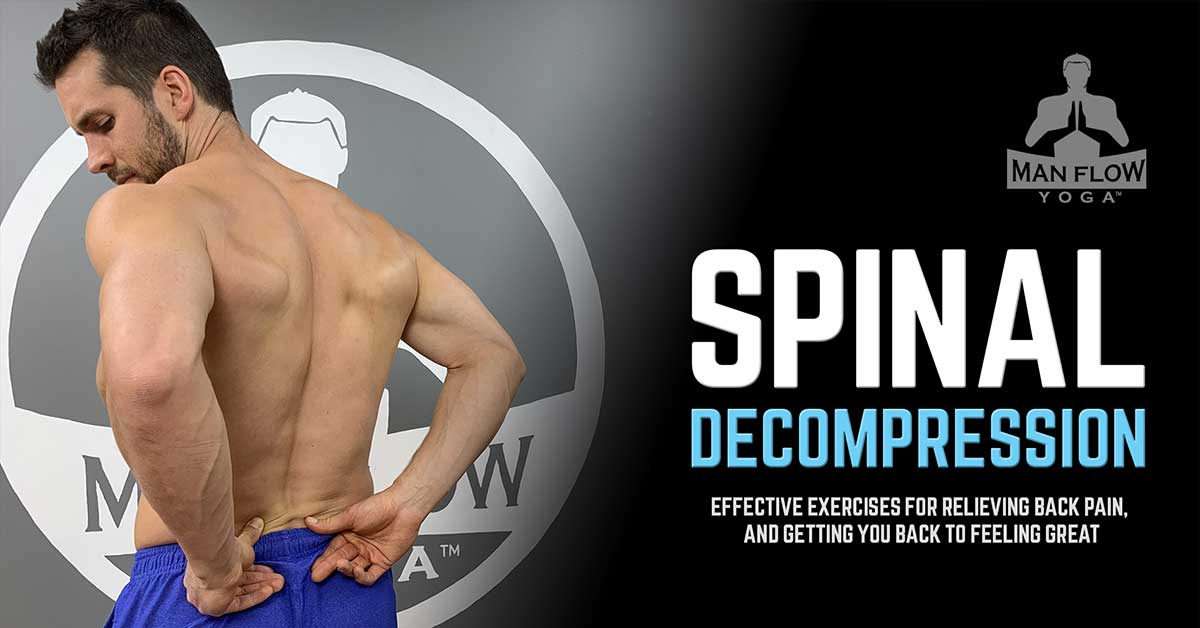
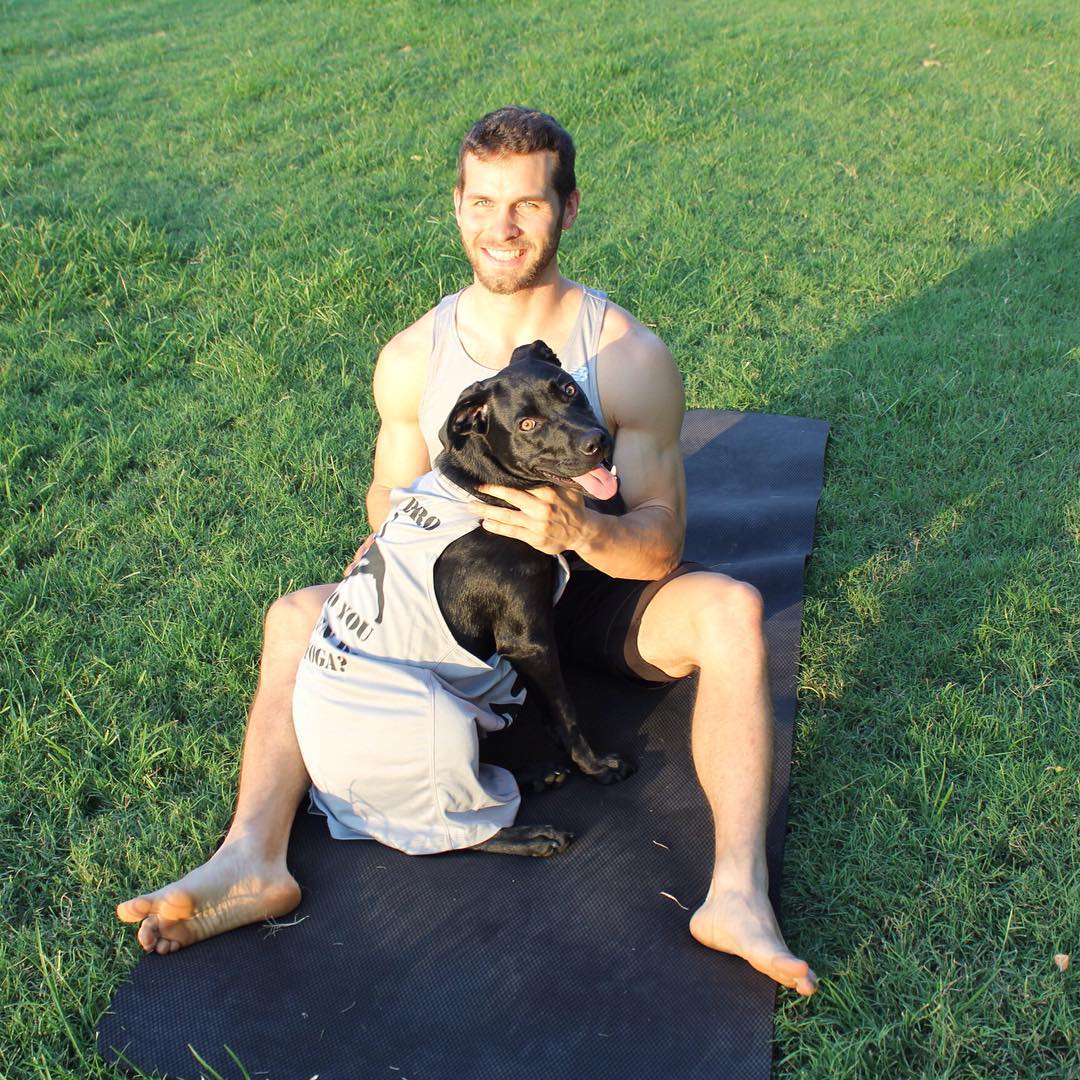
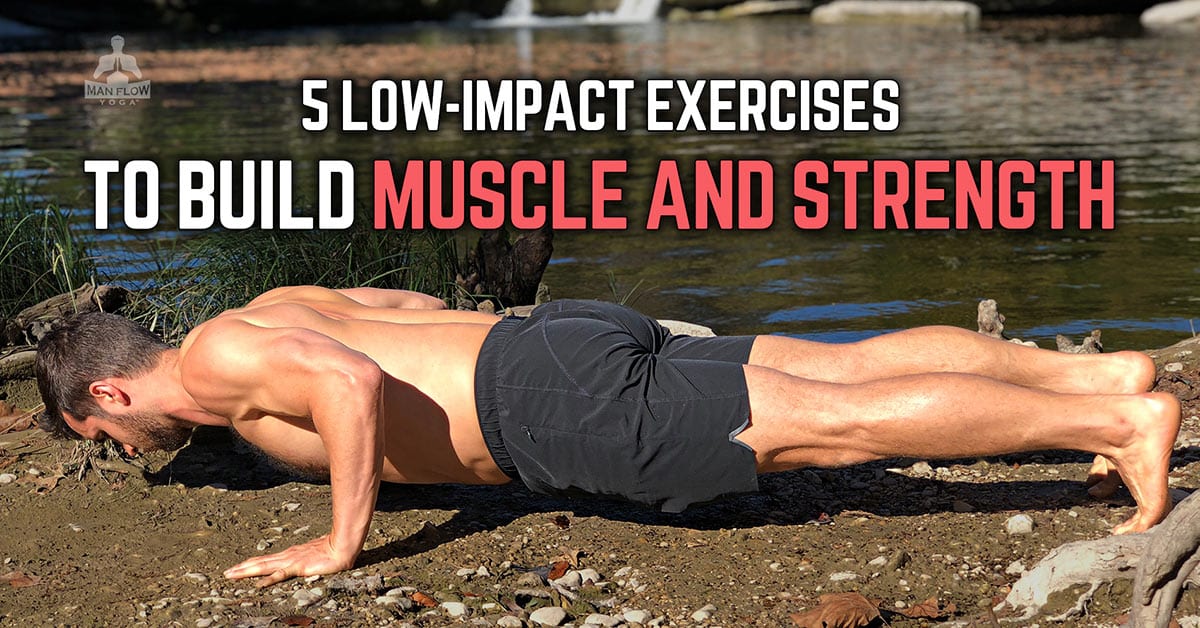
A warm-up activity has two major reasons—improves performance and prevent injuries. A warm-up is a both physical and mental readiness. It is important to build ourself for workout. With increased blood flow there is an increase in muscle temperature which is needed because haemoglobin in blood releases oxygen more readily at a higher temperature. More blood in the muscles, along with more available oxygen, means better performance.
Yup! Which is the technical way of saying do muscle activation exercises and proper warm-up before your workouts. 🙂